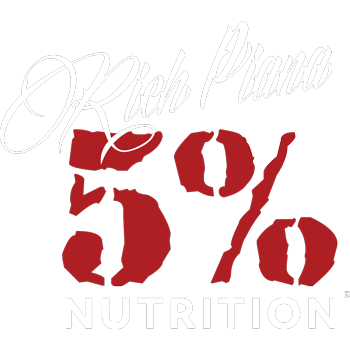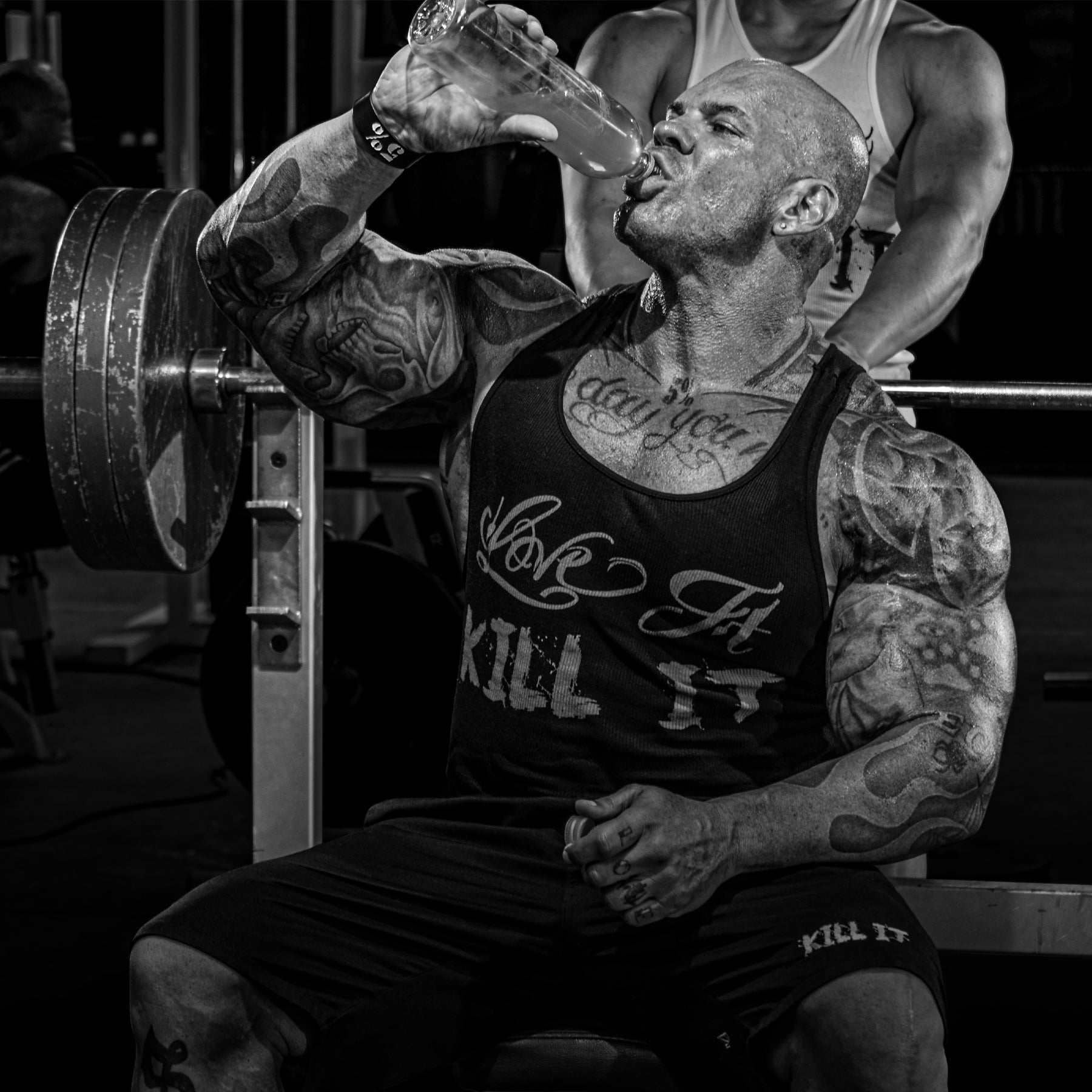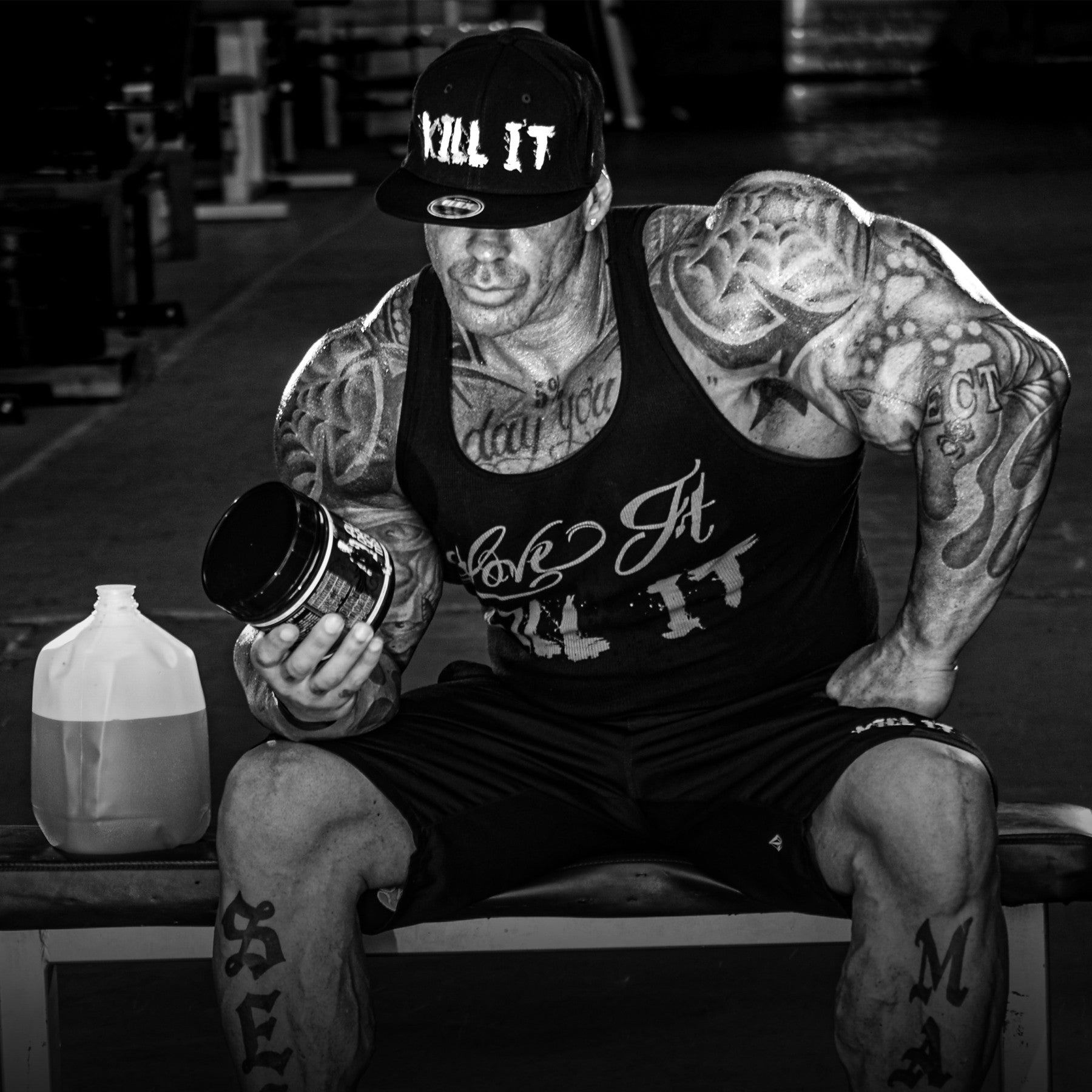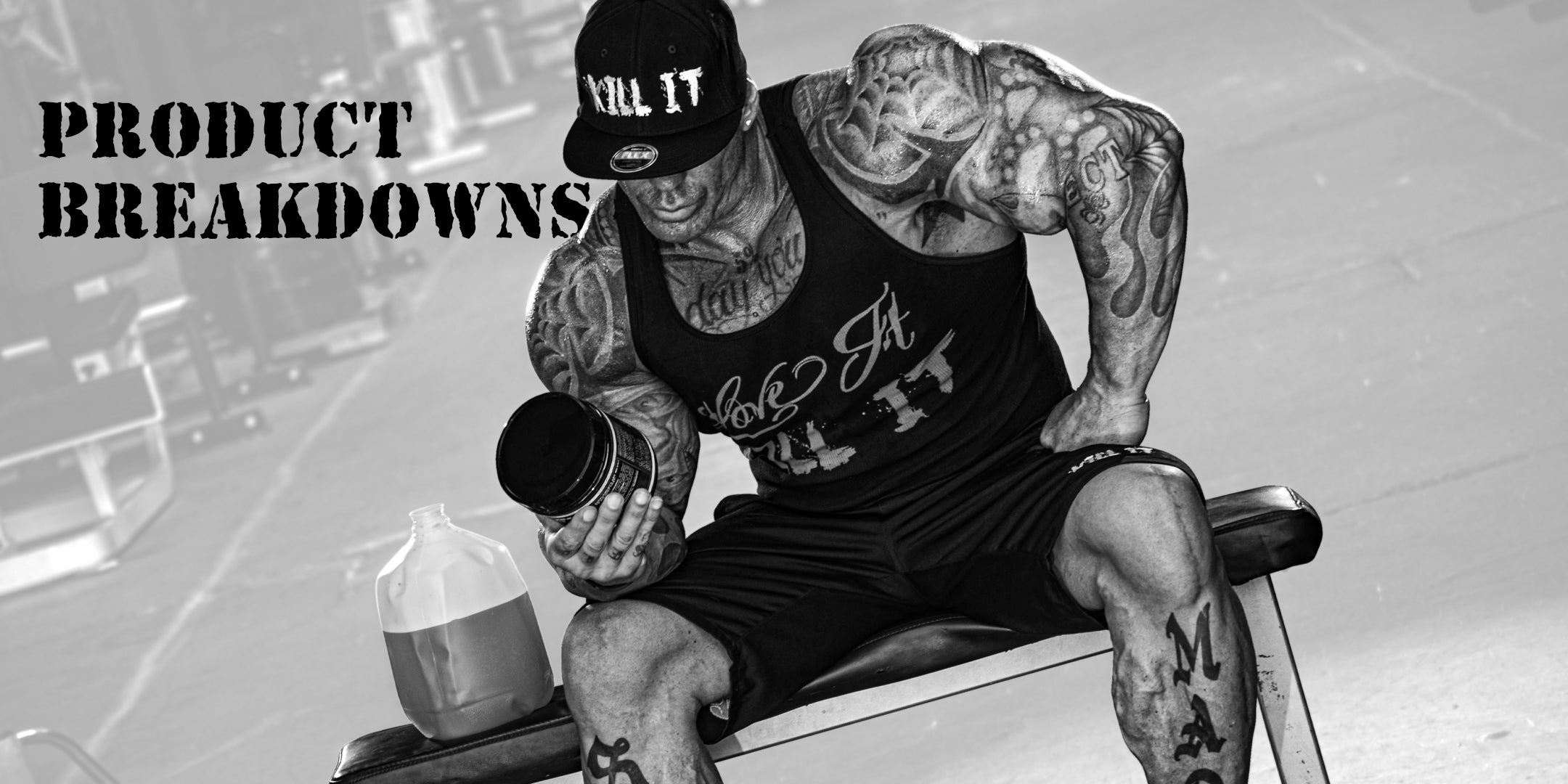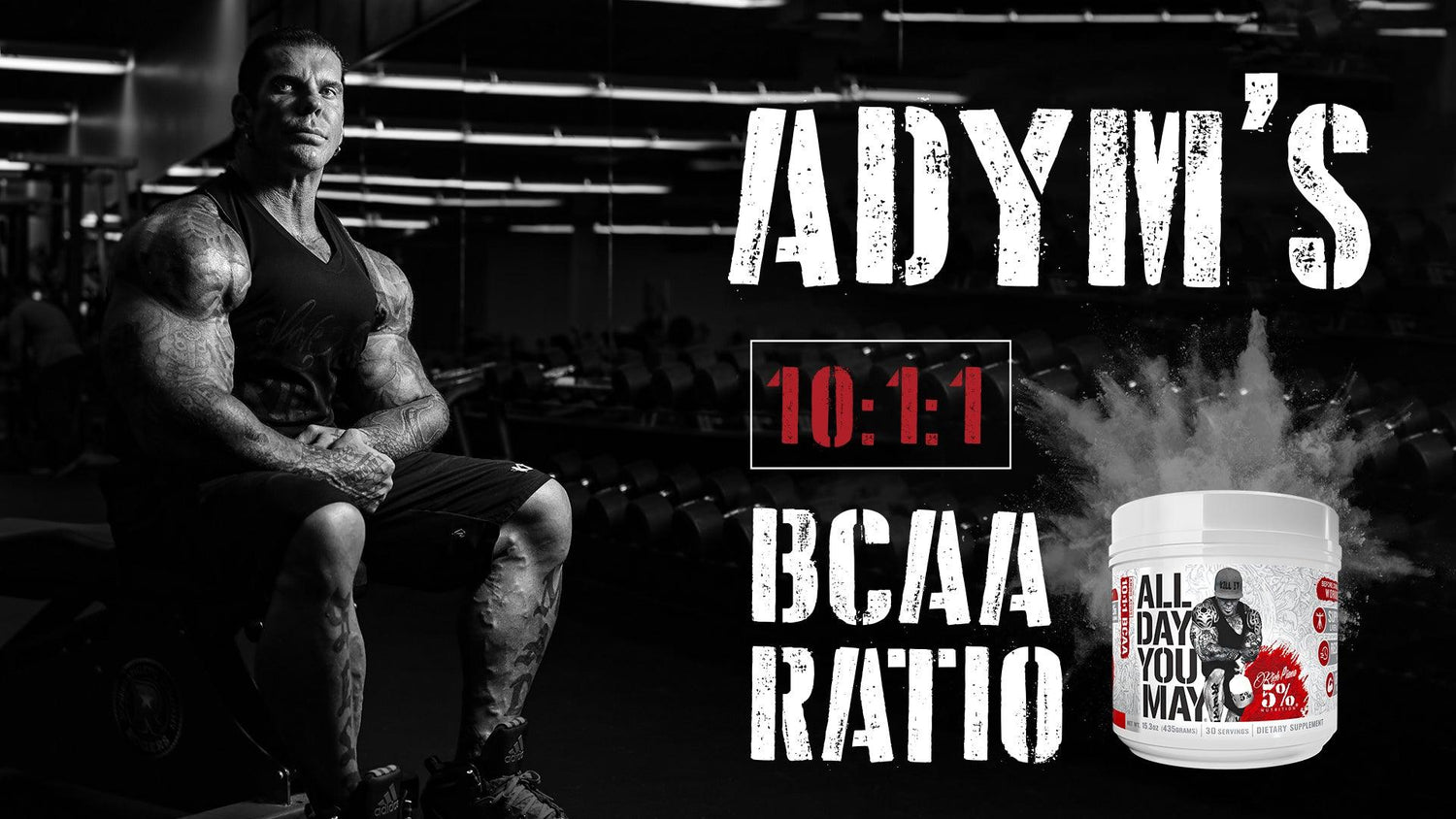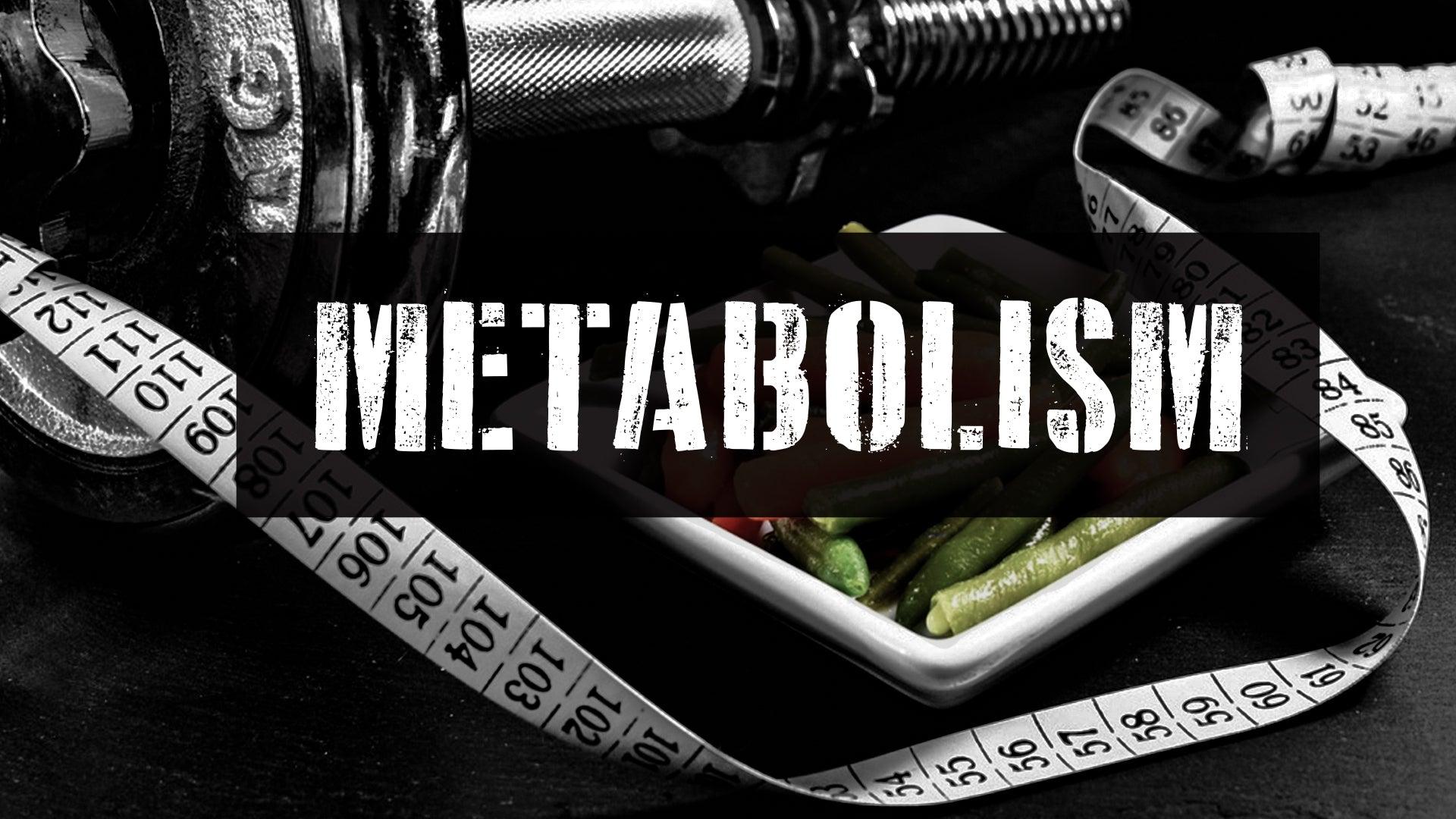Of course, you know how innovative 5%’s legendary All Day You May is. It’s much more than just a BCAA powder. It also contains EAAs, CEAAs, an Amino Acid Support Blend, an Inter-Cellular Blend, and a Joint & Liver Support Blend. One of ADYM’s many innovative features is the BCAA ratio of 10:1:1. In this article, we will look at the common ratios used for BCAAs. We’ll also see what sets 5% Nutrition’s ADYM advanced ratio apart.
A Look At BCAAs
First, let’s do a quick review of what BCAAs are. Branched Chain Amino Acids consist of 3 of the 9 EAAs (Essential Amino Acids). They are leucine, isoleucine and valine. BCAAs make up about 33% of muscle tissue. As a point of reference, the amino acid glutamine makes up about 60% of muscle tissue. ADYM features glutamine in our CEAA Blend. Also, as a point of reference, the EAAs are aminos that the body can not make. You must get them from your diet and supplements.
The BCAA Ratio
So, what is the BCAA ratio? It’s the amount of leucine to isoleucine and valine. There is always more leucine than either of the other 2 BCAAs. Why? Let’s find out.
What Makes Leucine Important?
Leucine is a “signaling” amino acid. It directly signals or stimulates protein synthesis. This is a direct trigger of muscle growth. That’s a big deal!
Let’s take a moment and look at this. The primary signaling pathway is called “mTOR”, which stands for mammalian target of rapamycin. It’s also sometimes called the mechanistic target of rapamycin. Either way, the mTOR pathway is the primary regulator of protein synthesis. mTOR can be considered a master growth-regulating protein. It “senses” nutritional signals, which include amino acids and hormones, such as insulin. It also includes environmental signals such as intense exercise. These signals are then used to activate the metabolically positive processes of the body. (1, 2, 3, 4, 5)
Let’s Look At The Most Common Ratios Used In BCAA Supplements
Here’s a look at the common ratios you will find in various BCAA/EAA supplements.
2:1:1 Ratio
This is the most common ratio. It’s 50% leucine to 25% isoleucine and 25% valine. Some supplement companies believe it’s a good ratio for muscle building. The 2:1:1 ratio looks like this: If you have 6g BCAAs, there’s 3g leucine, 1.5g isoleucine, and 1.5g valine.
3:1:2 Ratio
This ratio is unique to a handful of companies. It doubles the usual amount of valine. This is because valine supports increased endurance and elevated focus. Here’s how this ratio looks: Using our 6g BCAA example, there’s 3g leucine, 1g isoleucine, and 2g valine.
4:1:1 Ratio
In this case, there’s twice as much leucine as you will find in the standard 2:1:1 ratio. Again, the thinking is the more leucine, the better for protein synthesis. The 4:1:1 ratio looks like this: if there’s 6g BCAAs, you will have 4g leucine, 1g isoleucine, and 1g valine.
8:1:1 Ratio
This is another ratio that takes advantage of leucine’s positive benefits. It’s not overly common. Here’s the example: 4.8g leucine, 600mg isoleucine, and 600mg valine.
10:1:1 Ratio
Leave it to Rich and 5% to come up with the most leucine-heavy BCAA ratio of all. As we have seen, when it comes to protein synthesis, leucine is what it's all about. Whether you take ADYM in the morning, or around your workout, you want a potent dose of leucine. So, how’s this break down? Looking at the ADYM label, we see there are 6 total grams of BCAAs, just like our example. Therefore, we have 5g leucine, 500mg isoleucine, and 500mg valine. That means we have a solid dose of BCAAs and a very impressive dose of leucine. Of course! After all, we’re talking about 5% Nutrition!
Recap
ADYM targets the power of leucine more than any other brand. This is one more example of 5% innovation. If you’re training for muscle mass or even muscle preservation, ADYM with its potent 10:1:1 BCAA ratio is the best way to go!
